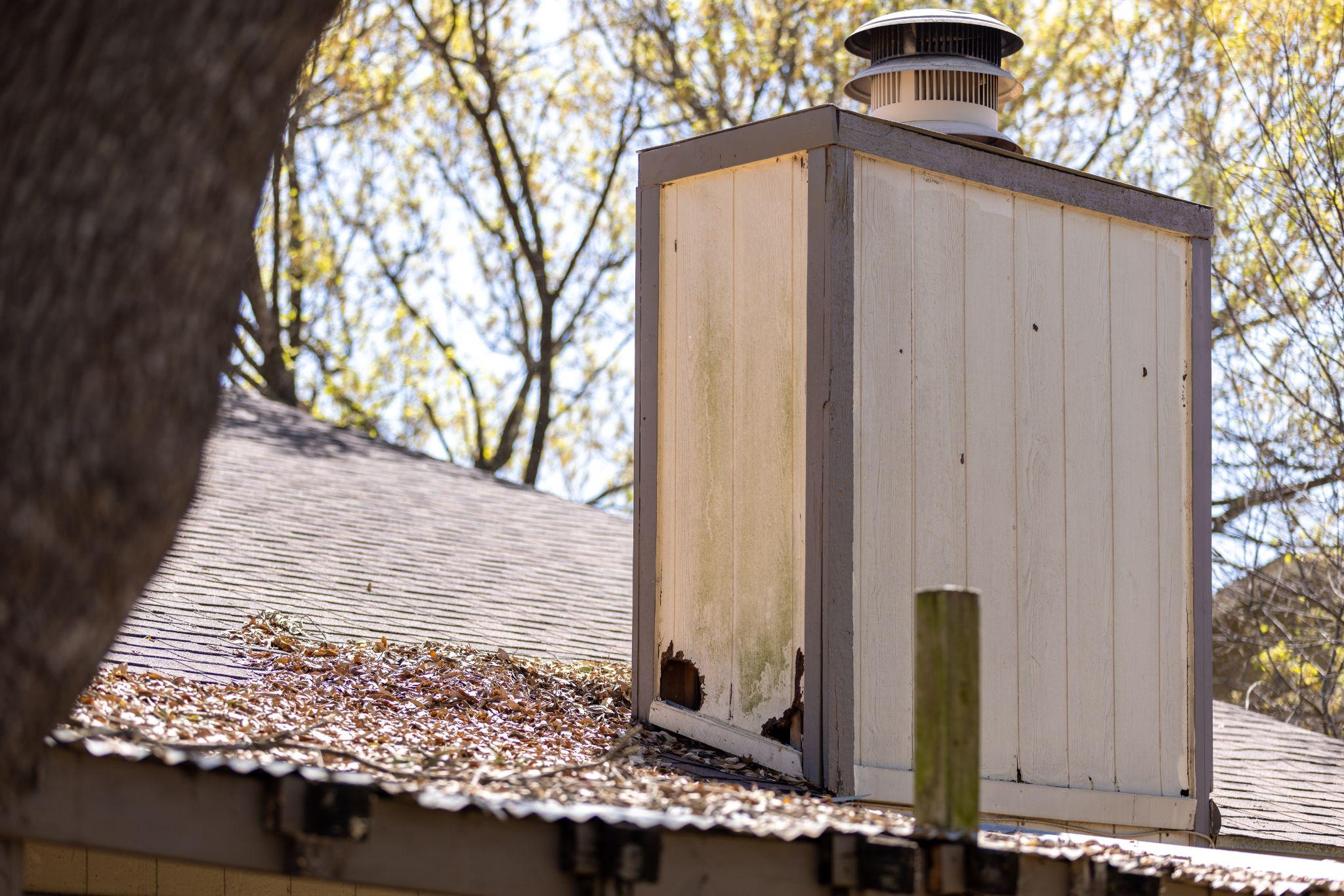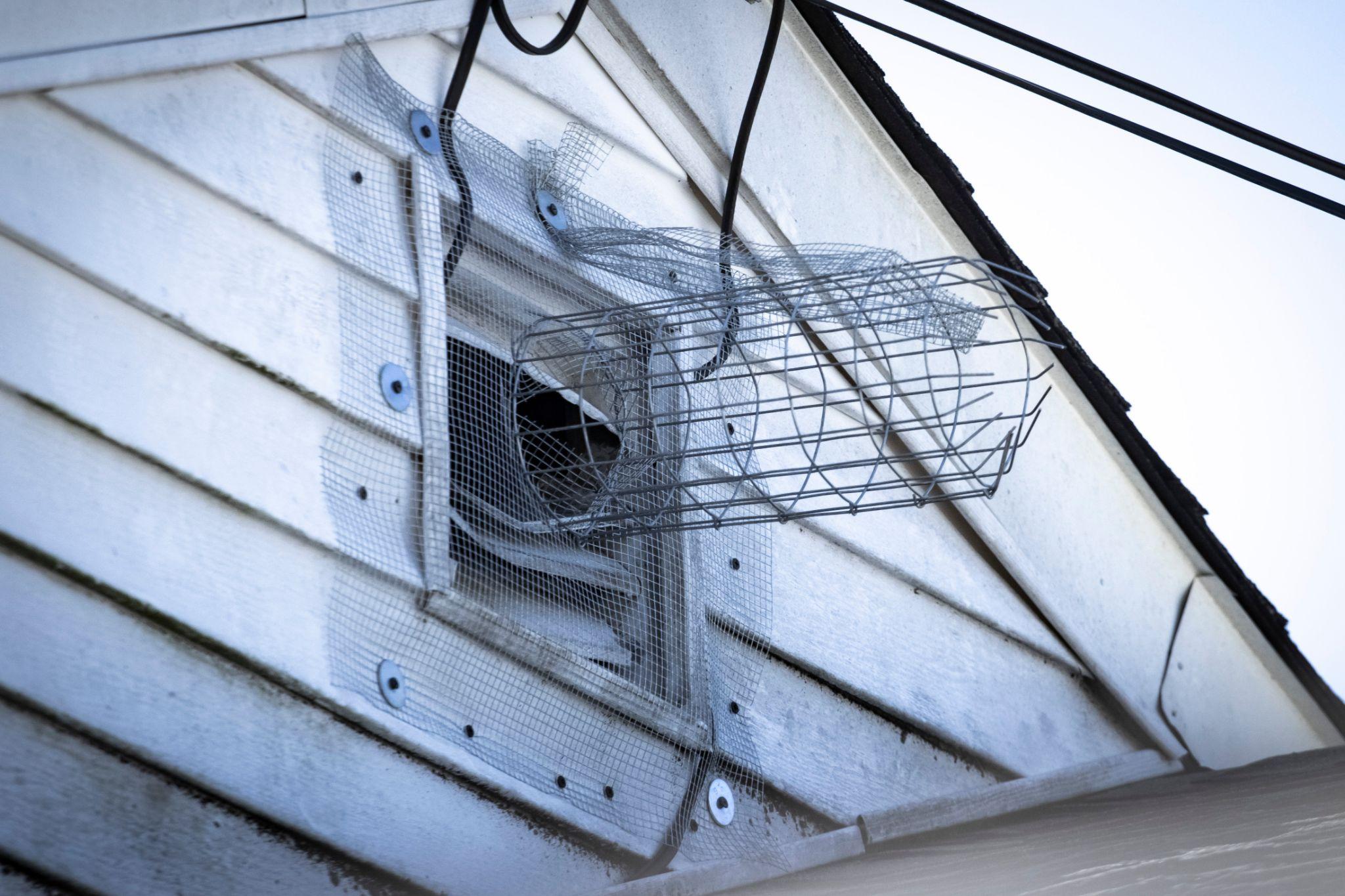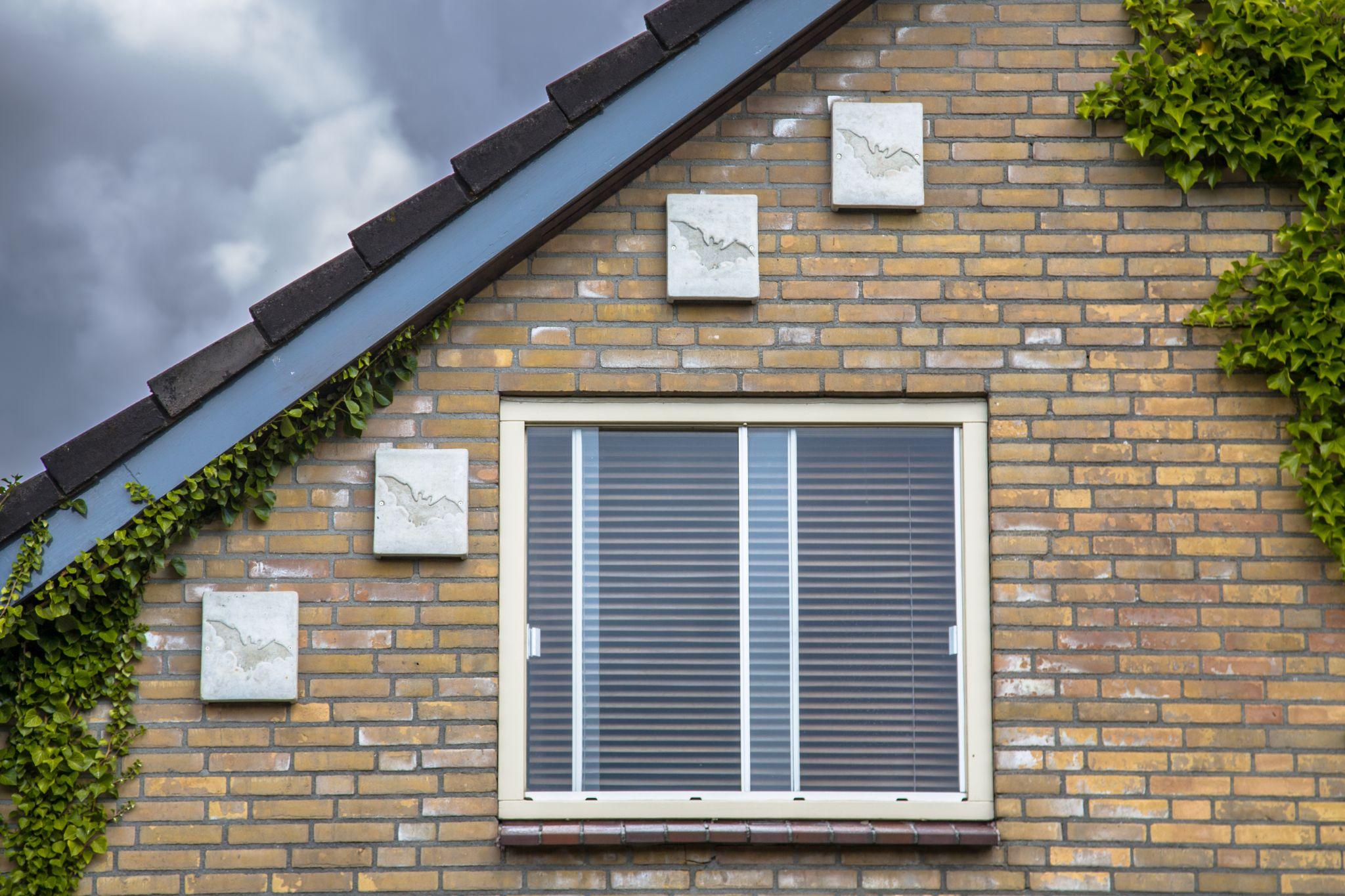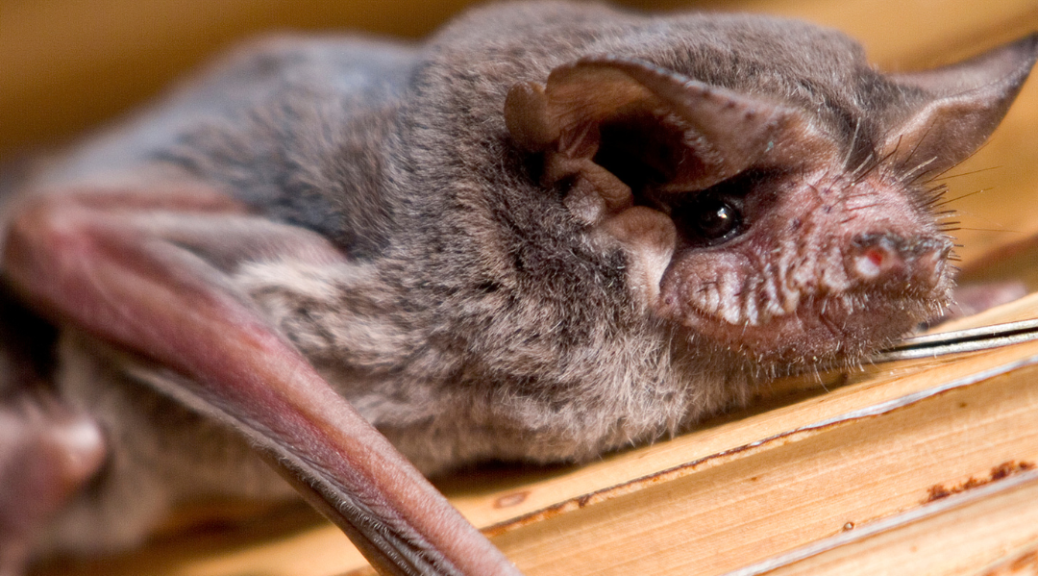In the absence of places to roost, bats often choose human structures like attics and chimneys for warmth and protection. Unfortunately, this can lead to structural damage and health risks. Humane removal protects the species while preventing health problems.
Bats Are a Protected Species
Bats are pollinators that dine on many nuisance insects, making their role in our ecosystem absolutely vital. Several bat species live in the United States, and 24 species of this small mammal are found in the state of California alone.
Ten of these 24 have been identified as Species of Special Concern because of their rapid and alarming decline, due to significant habitat loss and White Nose Syndrome, a rapidly spreading fungus that has decimated entire colonies. For these reasons, it’s illegal to capture, possess, or kill a bat.
Why Do Bats Invade Properties?

Some species, like the Little Brown Bat, must hibernate when temperatures fall below 35 degrees. If they cannot find a warm and sheltered place to hibernate in the winter months, they’ll perish. During the months of June and August, female bats form nursing colonies. They’ll also roost in locations where food and water are plentiful.
Bats usually find entry points in structures due to construction flaws and are skilled at finding those small holes. A professional eye can find and close these holes.
The smell of other bats, even if they’re deceased, is enough to attract bats to human structures because it indicates the location’s past favorability as a roost.
Bat Exclusion Devices: The Only Way to Humanely and Safely Remove Bats
Exclusion devices allow bats to leave a roost but do not allow them to re-enter. These products are available in more than one form; some involve the installation of netting, which allows bats to be trapped without hurting their wings. Cone devices prevent re-entry by eliminating the traction bats need to crawl back into a roost, while one-way door devices attach to a structure at an angle so that bats can exit but not re-enter.
Components of Humane Removal
An exclusion device on its own isn’t enough to get rid of bat infestations for good.
Time and Timing
As effective as exclusion devices are, the time when bats are removed is just as critical to humane removal and, ultimately, species preservation. For instance, if a device is installed when mother bats are nursing, this can lead to the death of flightless babies, who will starve without their mothers’ milk.
Time of day is also important when installing exclusion devices. At night is best because bats fly out of their roosts to feed, making their exits easier to see.
One-Way Doors

Animal Capture Wildlife Control installs one-way doors at all entry points to allow bats to exit the structure safely. These one-way doors remain in place for approximately two weeks. Upon removal, all entry holes are permanently sealed.
After Removal
The only time we handle bats is when we must remove one from inside a house, apartment, or office space. Once we remove it, we release it outside immediately.
Prevention
Exclusion devices offer an effective means of evicting bats from your property. However, they cannot guarantee that other bats won’t roost there. Any openings in the soffit, fascia, siding, or other areas can be an invitation for bats to roost. Also, remember that the scent of bats is sufficient to attract other bats.
Why Prevention Is Important
It’s incredibly important to prevent bats from invading your property because they defecate and urinate where they roost. Bat droppings, called guano, can contain rabies. If left to decompose, guano will cause bacteria and fungus to thrive. Histoplasmosis is a fungus that releases easily inhaled spores.
Inhaling these spores can result in histoplasmosis, which is a respiratory disease. Symptoms include headache, shortness of breath, fever, and joint and chest pain.
In addition to the diseases bat droppings carry, insulation and other material can become saturated with excrement, which, because it is so corrosive, can cause significant and expensive damage if not removed.
Prevention Methods

So what is the best way to prevent an ongoing bat problem?
The only way to keep bats out of your property for good is to install bat houses and have a detailed inspection done. Remember that bats can flatten their bodies enough to get into a dime’s-width-sized space. So, even if one shingle on your roof is damaged or missing, this can be more than enough for an entire colony to enter your home.
With so many potential entry points, it can be easy for homeowners to miss them. That’s why it can benefit you to have a professional bat removal service company come to your home and inspect it.
Animal Capture Wildlife Control specializes in the safe and humane removal of bats, and many animal species from residential, commercial, medical, and other properties in California. With a license from the Department of Fish and Wildlife, our pest control company excludes traps and removes bats with care to ensure the preservation of these important animals.
In addition to our wildlife removal services, our over 20 years in the industry allow us to conduct thorough bat inspections of properties to locate and seal bat access points.
If you think you may have a problem with bats, raccoons, skunks, snakes, or other wildlife on your property, Animal Capture Wildlife Control offers safe and humane pest control. Browse our range of services today.
